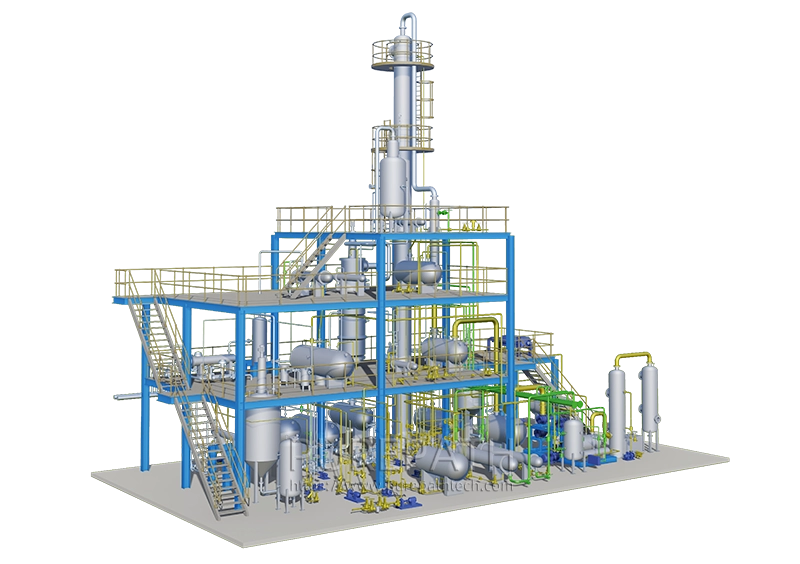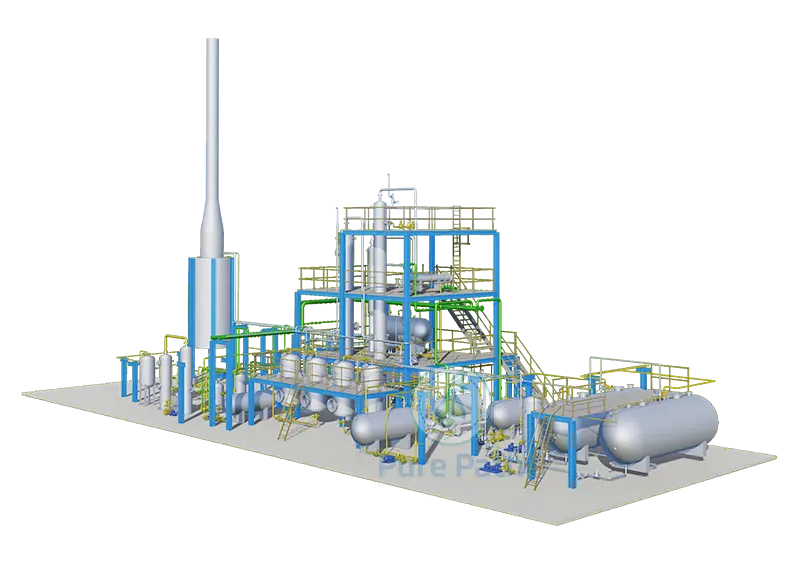The Economic Feasibility of Pyrolysis Oil to Diesel Production
The transportation sector remains heavily reliant on fossil fuels, raising concerns about environmental impact and resource depletion. Pyrolysis oil to diesel production emerges as a promising solution, offering a renewable and potentially cost-effective alternative. But is this technology truly economically feasible? Let’s delve into the process, its advantages, and the key factors influencing its economic viability.
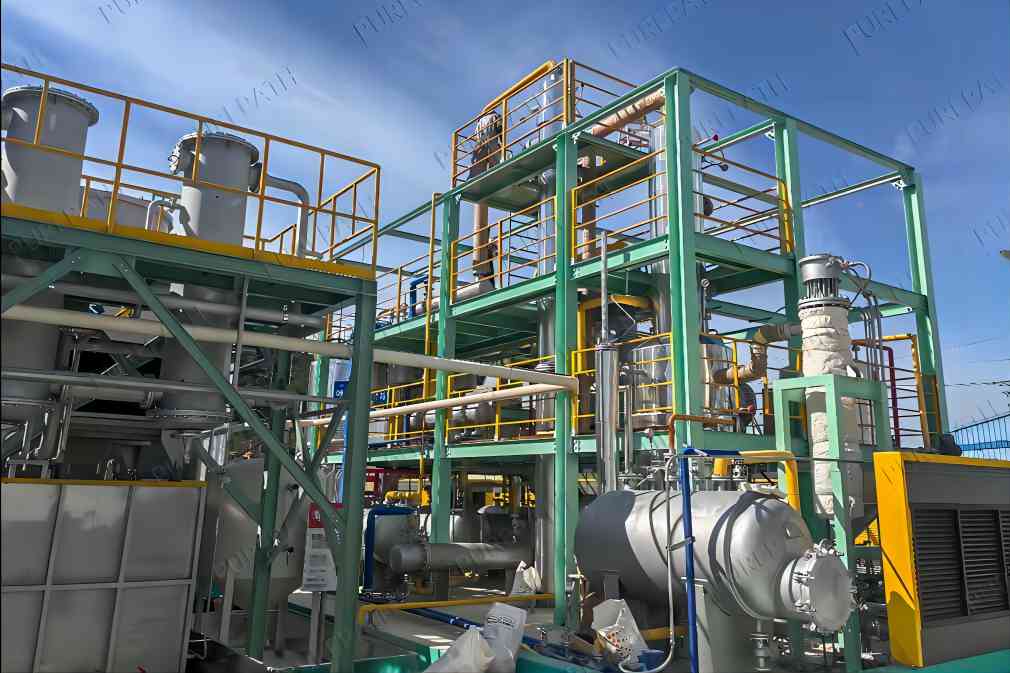
Process of Pyrolysis to Diesel Production
Transforming biomass or waste plastic into diesel fuel through pyrolysis is a fascinating multi-stage process that unlocks the potential of renewable resources. Here’s a closer look at each step involved:
1. Feedstock Preparation: The journey begins with selecting and preparing the feedstock, the raw material that will be converted into fuel. Biomass feedstock like wood chips, agricultural residues, or even algae undergoes rigorous size reduction. This ensures consistent particle size throughout the batch, which is critical for achieving uniform heating and maximizing the yield of pyrolysis oil. For waste plastic feedstock, the process might involve sorting and cleaning to remove contaminants like metals or PVC, which can hinder the pyrolysis process or introduce unwanted elements into the final product.
2. Pyrolysis Reactor: The prepared feedstock enters the heart of the operation – the pyrolysis reactor. This robust chamber is designed to withstand high temperatures (typically ranging from 400°C to 700°C) in an oxygen-deprived environment. Inside the reactor, intense heat breaks down the complex molecular chains of the feedstock through a process known as thermal decomposition.
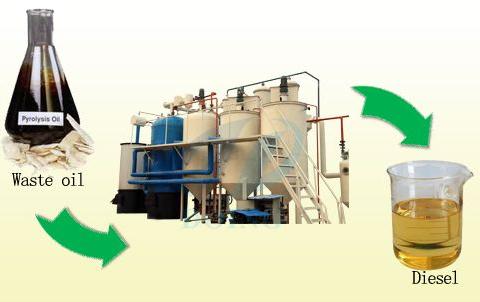
The lack of oxygen is crucial. In an oxygen-rich environment, combustion would occur, burning the feedstock instead of initiating the desired decomposition. The controlled heating in the absence of oxygen severs the bonds within the feedstock molecules, leading to the formation of various byproducts. These include a bio-oil condensate, which is the primary target product, along with non-condensable gases and a solid residue like char. The specific composition of the products depends on factors like the type of feedstock, the reactor temperature, and the residence time within the reactor.
3. Bio-oil Upgrading: The bio-oil obtained directly from pyrolysis isn’t directly usable as a diesel fuel. It’s a complex mixture with a high oxygen content and long-chain molecules that are unsuitable for modern diesel engines. To transform this bio-oil into a viable transportation fuel, it undergoes an upgrading process. Several techniques exist for bio-oil upgrading, each with its own advantages and limitations.
- Hydrocracking: This process involves introducing hydrogen and a catalyst under high pressure and temperature. The hydrogen helps break down the long-chain molecules in the bio-oil into smaller, straighter hydrocarbon chains that resemble those found in diesel fuel.
- Catalytic Cracking: Similar to hydrocracking, this technique utilizes a catalyst to break down the bio-oil molecules. However, it doesn’t involve the addition of hydrogen. The catalyst promotes the cracking of the long chains into smaller molecules suitable for diesel fuel.
4. Product Separation and Purification: Following the upgrading process, the product stream requires separation and purification to isolate the desired diesel fuel fraction. This might involve distillation techniques to separate the diesel-like components from other lighter hydrocarbons or heavier residues. Additionally, purification steps may be necessary to remove impurities like oxygenates or sulfur compounds, ensuring the final product meets the stringent specifications for modern diesel fuel.
The entire process of pyrolysis to diesel production offers a glimpse into the potential of transforming renewable resources into clean-burning transportation fuels. While challenges remain in terms of optimizing efficiency and reducing costs, advancements in technology are paving the way for a more sustainable future powered by innovative solutions.
Economic Feasibility Considerations of Pyrolysis Oil to Diesel
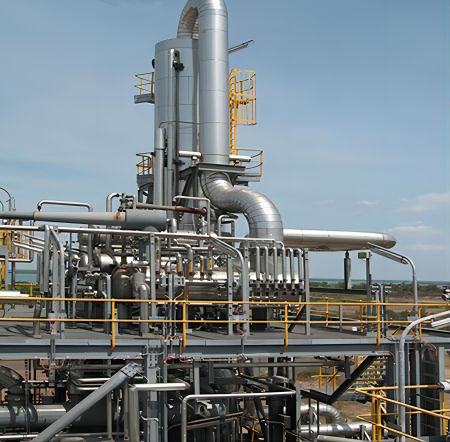
The economic viability of converting pyrolysis oil to diesel fuel is a complex equation with several variables at play. Here’s a closer look at the key considerations:
Feedstock Cost
- Source: The type of feedstock used significantly impacts cost. Agricultural or forestry residues may be readily available but require collection and transportation infrastructure, adding to the expense. Municipal solid waste or dedicated energy crops might offer cost advantages but require efficient sorting and processing procedures.
- Logistics: The cost of transporting feedstock to the pyrolysis facility can be substantial, especially for bulky materials like wood chips. Optimizing logistics through strategic plant location and exploring decentralized processing options near feedstock sources can significantly improve economic viability.
- Sustainability Concerns: While using waste plastic offers an attractive solution, collection and pre-processing costs can be high. Ensuring the feedstock is truly waste-derived and not diverting recyclable plastics is crucial for maintaining the process’s overall sustainability.
Upgrading Costs
- Capital Investment: The initial investment required for pyrolysis and upgrading equipment can be significant. Government subsidies or tax breaks can incentivize adoption, but ongoing profitability is essential for long-term success.
- Operational Costs: The cost of energy used in the pyrolysis and upgrading processes needs to be carefully considered. Exploring the use of renewable energy sources for powering the facilities can improve environmental benefits and potentially reduce operational expenses.
- Waste Management: The residue left after pyrolysis, known as biochar, requires proper management. While biochar has potential applications as a soil amendment, finding a consistent and profitable use for it can further enhance the economic viability of the entire process.
Diesel Price
- Market Fluctuations: The economic feasibility hinges heavily on the price of traditional diesel fuel. When diesel prices are high, pyrolysis oil becomes a more attractive alternative. However, relying solely on a volatile market is risky.
- Government Policies: Government policies that promote biofuels through carbon pricing mechanisms or blending mandates can significantly increase the economic viability of pyrolysis oil to diesel production.
Additional Considerations
- Scale of Production: Economies of scale play a crucial role. Large-scale facilities may benefit from lower per-unit production costs, but establishing such facilities requires significant upfront investment. Exploring modular or decentralized processing units could offer solutions for smaller communities or geographically dispersed feedstock sources.
- Byproduct Markets: Identifying and developing markets for any byproducts generated during the process, such as biochar or light fuel fractions, can create additional revenue streams, further improving economic feasibility.
By carefully considering these factors, stakeholders involved in pyrolysis oil to diesel production can make informed decisions about technology adoption, feedstock selection, and processing strategies. A holistic approach that balances economic viability with environmental sustainability is key to unlocking the full potential of this promising technology.
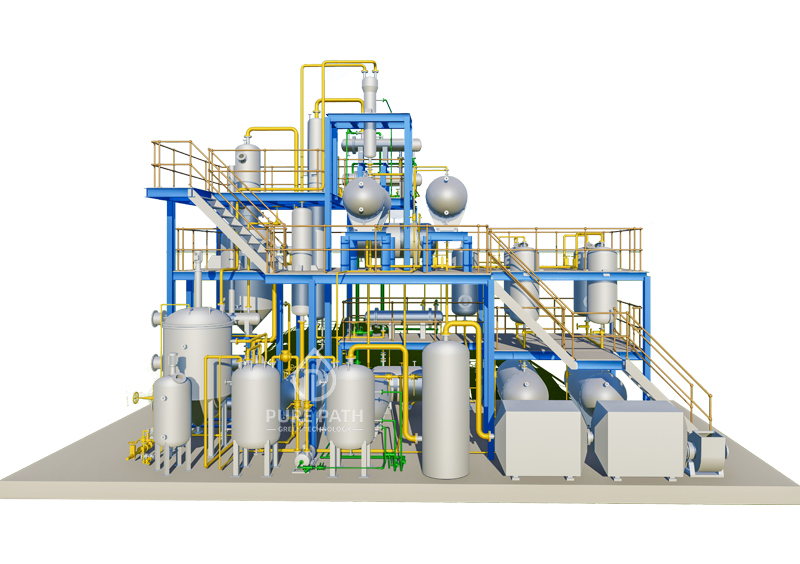
Technological Advancements for Pyrolysis Oil to Diesel: Waste Oil to Diesel Machine
Large-scale pyrolysis plants aren’t the only solution for converting waste into fuel. Waste oil to diesel machines are emerging as a game changer for local, sustainable fuel production. These compact machines tackle a major environmental concern – used motor oil – by transforming it directly into usable diesel fuel.
The process is ingenious. Used oil is fed into the machine where it undergoes thermal decomposition in a controlled, oxygen-limited environment. This breaks down the complex molecules into simpler chains resembling diesel fuel. Following distillation or filtration, a usable fuel is produced, often requiring minimal further processing.
The benefits are compelling. Decentralized production eliminates the need for transportation and centralized facilities. Used oil becomes a valuable resource, reducing waste management costs and environmental impact. Furthermore, these user-friendly machines empower businesses and even individuals to participate in fuel production, fostering a more localized and sustainable fuel ecosystem.
While production capacity is lower compared to large plants, and the fuel quality might not always match commercial diesel exactly, waste oil to diesel machines offer a significant leap forward. As technology advances and costs decrease, these machines have the potential to become widely adopted, promoting a cleaner future by tackling waste oil and diversifying fuel production at the local level.
Conclusion
The conversion of pyrolysis oil into diesel presents a significant opportunity for fostering a more sustainable future in transportation. Yet, its economic viability remains a pivotal issue. The widespread acceptance of this method hinges on ongoing technological advancements and the dynamic nature of fuel costs. As research evolves and expenses diminish, pyrolysis oil to diesel holds the promise of revolutionizing our efforts to combat climate change and reduce our dependence on traditional fossil fuels.


